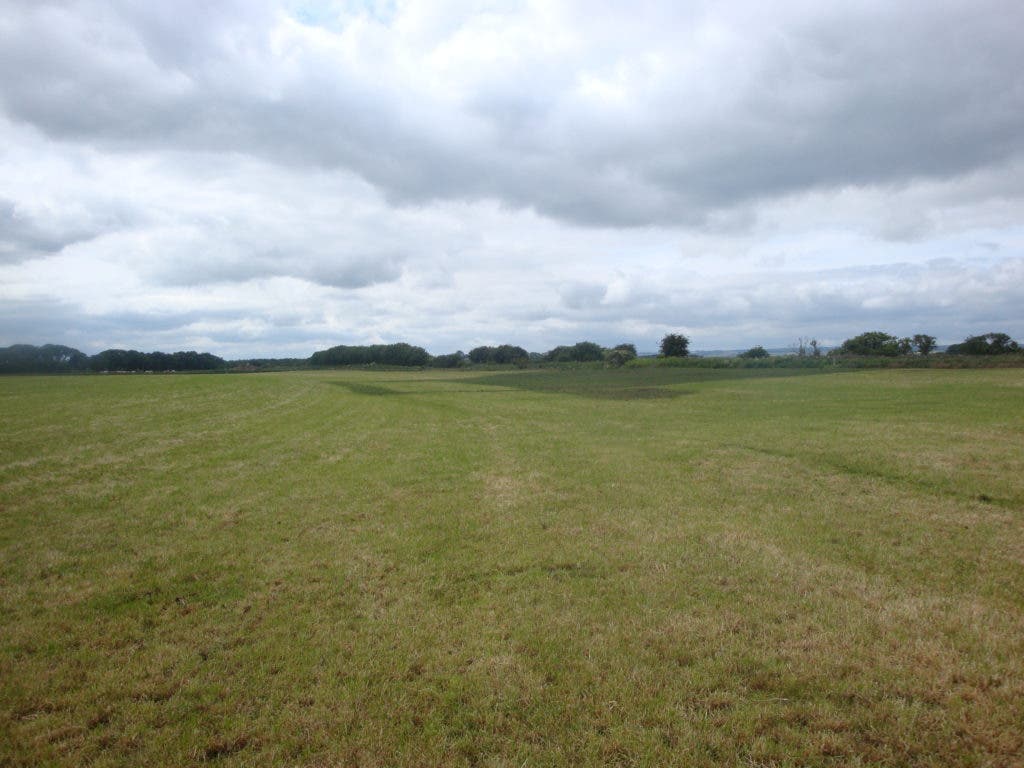A new study found that Mesolithic hunter-gatherers in Britain were able to endure dramatic climate change, casting a new light on our understanding of these ancient populations.

Star Carr is one of the most important Mesolithic archaeological sites in Europe. Tucked away in North Yorkshire (north-eastern England), it’s as important to the Mesolithic period (about 10,000 to 5000 BC) as Stonehenge is to the Neolithic.
Although the Ice Age had ended by then and temperatures were pretty close to pre-industrial levels, much of the ice hadn’t melted yet, and Britain was still connected to mainland Europe through the now-submerged landmass we call Doggerland.
Normally, all that’s left from Mesolithic sites are stone tools. However, Star Carr is special because its waterlogged peat preserved many artifacts which would have otherwise completely decayed. Among others, Star Carr yielded Britain’s oldest structure, 21 red deer stag skull-caps that may have been head-dresses, and nearly 200 projectile points made of red deer antler. This wetland site told us a lot about how its inhabitants went about their lives.
Simon Blockley, from the University of London, UK, and colleagues studied lake deposits adjacent to Star Carr. They constructed a record of past environments based on fossilized plants and animals, as well as radiocarbon datings of volcanic ash (even though all active volcanoes are far away, massive eruptions can spread ash throughout the entire planet). With all this information, they were able to paint a picture of how the Mesolithic environment was like at Star Carr.
They then correlated it with archaeological findings straight from the site, matching it with evidence of human activity.
When the site was inhabited, humans worked wood and animal material, and the population was thriving. They raised wooden structures to serve as houses and had spiritual beliefs and rituals. As two abrupt climatic events struck, they lowered temperatures by 10 and 4 degrees Celsius respectively, drastically stunting woodland and shrub growth. But even through these hardships, inhabitants of Star Carr seemed to continue their way of life.
Assisted by rich natural resources locally, as well as their cultural adaptations, they were able not only to survive but also to maintain their lifestyle — an impressive feat for the times, especially considering that both climatic events lasted for up to a century.
The article, The resilience of postglacial hunter-gatherers to abrupt climate change, was published in Nature. DOI: 10.1038/s41559-018-0508-4.
Was this helpful?



